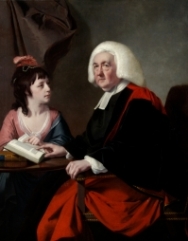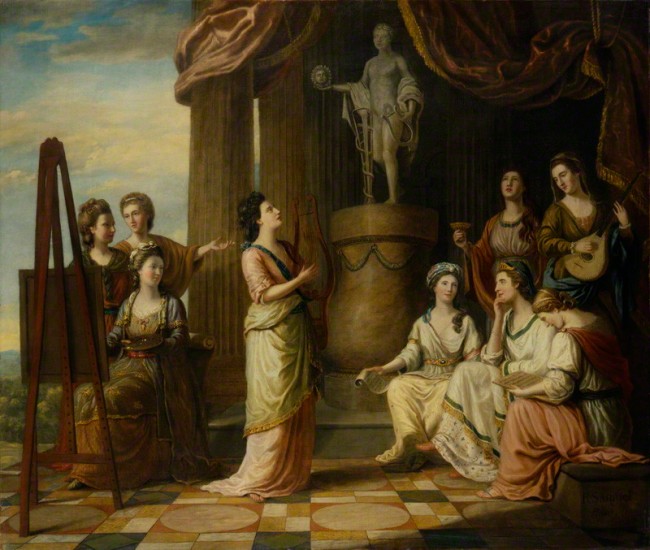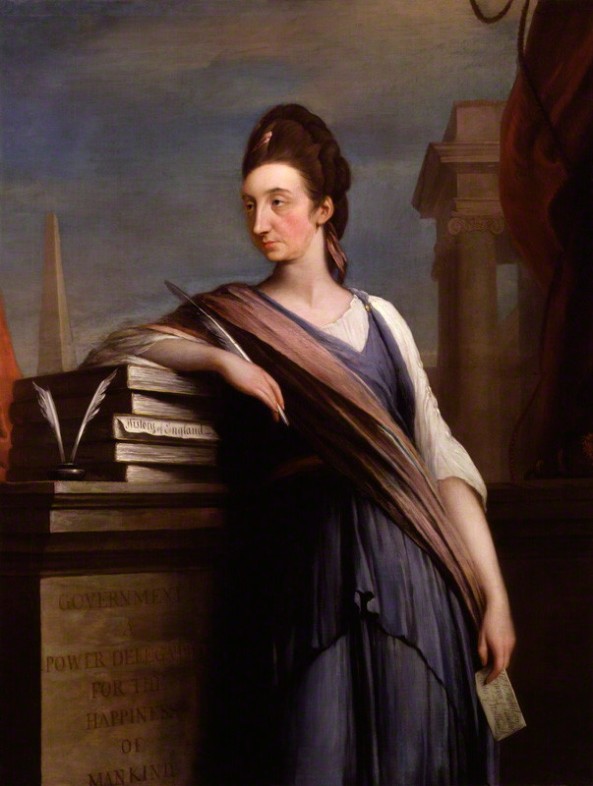Smithfield Markets and Prince Henry’s Room under threat
I have just received the latest e-newsletter from the Society of Antiquaries of London and am dismayed to read of the losses to our cultural heritage that are being threatened by so-called progress. I am doing a cut and paste job directly from the e-newsletter here and I do hope those of you in the UK can spread the word and get active in your defence of the Smithfield Markets and Prince Henry’s Room.
******
Smithfield Markets under threat
“As many Salon readers are surely aware, SAVE Britain’s Heritage thought it had achieved an important victory when consent to demolish the General Market, Fish Market and Red House at London’s Smithfield Market was turned down after a planning inquiry in 2008. Communities Secretary Hazel Blears stated at the time that these buildings made a significant contribution to the character and appearance of Farringdon and the surrounding area. Our Fellow Adam Wilkinson, who led the four-year ‘don’t butcher Smithfield’ campaign for SAVE, looked forward to these characterful buildings playing a central role in a Covent Garden-style revival of Smithfield. Imagine SAVE’s distress then when the new plans that emerged for the site in October 2012 proved to be just as potentially destructive of the existing structures as the rejected plans.
The new plans involve what Clem Cecil of SAVE calls a ‘scoop-out job’; that is to say, retaining the three facades that line the edges of the site, but demolishing all the buildings behind (shown in red above) to create what the architects describe as ‘low-rise pavilions’ to accommodate new office space.
Architecture critic Oliver Wainwright says the new scheme (see above) ‘will leave only a flimsy skin of heritage, a picturesque skirt of Victoriana around the base of yet another slab of generic commercial development’.
SAVE has put out an appeal to everyone who cares about these buildings and wants to see them preserved to write ‘a strong note of objection to the Corporation of London, addressed to planning officer Gemma Delves, quoting planning application numbers 13/00150/FULEIA, 13/00155/LBC and 13/00156/CAC’.
The main grounds for objection are that the proposal entails the loss of a major landmark building, including its splendid market halls and roofs; will cause substantial harm to the Smithfield conservation area and surrounding conservation areas, as well as to the adjacent Grade II* listed Meat Market and Grade II listed Poultry Market; that important views will be lost, including those from the Holborn Viaduct; that the buildings have never been market tested (as recommended by the Planning Inspector’s Report following the Public Inquiry in 2008) to estbalish that they are needed; that there is an alternative conservation-led scheme for the site backed up by a viable business plan; that there is no convincing justification for demolition (the National Planning Framework paragraph 132 says that ‘Heritage assets are irreplaceable, any harm or loss should require convincing justification); and that the condition of the buildings, which have been deliberately neglected, is not a justification for demolition (‘Where there is evidence of deliberate neglect of or damage to a heritage asset the deteriorated state of the heritage asset should not be taken into account in any decision’: National Planning Framework paragraph 132).
Our Fellow Marcus Binney, President of SAVE, says that in his view ‘this will be the worst mutilation of Victorian buildings in thirty years’. For further information and images, see SAVE’s website and its Facebook page.
Prince Henry’s Room
Our Fellows Paula Henderson and Claire Gapper write to say that: ‘The small half-timber gateway to Inner Temple at 17 Fleet Street is a remarkable survival of the Great Fire of 1666. The room on the first floor is known as Prince Henry’s Room because of the Prince of Wales feathers and the initials “P H” featured in its exceptionally fine plasterwork ceiling. The building certainly dates to the early years of the seventeenth century. In 1969 the care of Prince Henry’s Room was transferred from the Greater London Council to the Corporation of London, which opened it to the public. An exhibition on Samuel Pepys was installed; Pepys was born not far away and spent many happy hours “drinking and singing” in the room, when it was known as the Fountain Tavern.
‘In December 2012, the Corporation’s Culture Heritage and Libraries Committee declared the room “surplus” and transferred its care to its Property Investment Group, which is actively seeking a tenant. In recent correspondence to us they wrote that the room is no longer available for cultural purposes and that they do not have the financial resources to facilitate visits. Surely whatever rent they could get for this small room could not possibly be as important as the good will that is engendered by making it accessible to those who wish to see an all-too-rare relic of early Stuart life amidst a sea of commercial development.
‘Along with other interested parties (including the Samuel Pepys Club, who paid for the restoration of the room and who have used it for recitals, readings and other events related to seventeenth-century London), we are hoping to convince the Corporation that this room should be made available to interested, scholarly groups at least on an occasional basis. If any Fellows have suggestions or would like to join our campaign, please let us know.’”
The copy in this post is taken directly from the e-newsletter of the Society of Antiquaries of London, Salon (issue 298, 13 May 2013) and has been shared by the author of this blog in the interest of saving the cultural heritage of the UK for the enjoyment and pleasure of future generations of Anglophiles like herself.
Chawton House Library Catharine Macaulay Workshop
Chawton House Library will be celebrating the 250th anniversary of the publication of Catharine Macaulay‘s first volume of her History of England, with a one-day workshop, ‘A little sprig of laurel” Women writing history in the long eighteenth century’, on Thursday 26 September 2013.
The main speaker will be Professor Karen O’Brien from the University of Birmingham.
The library has issued a call for papers with abstracts of 250 words for papers of about 15 minutes. The papers can relate to Macaulay, her life and works, or any other female historians of the long eighteenth century.
Naturally, click over to the Chawton House Library website for more information about this workshop and other exciting events those of you lucky enough to live in, or soon to be visiting, the UK can enjoy.
For those of you who have not had the pleasure of encountering Catharine Macaulay, let me introduce you.
Catharine Sawbridge was born in Kent on 2 April 1731. After the death of her mother, Catharine and her siblings were basically left to their own devices under their father’s less than watchful eye. Her formal education was somewhat lacking due to her father’s employment of a rather ignorant governess. In Mary Hays’ 1803 biography of Catharine, she describes Catharine’s education blossoming upon Catharine finding her way “into her father’s well-furnished library, [where] she became her own purveyor, and rioted in intellectual luxury”. Indeed, in the introduction to her first volume of History of England, Macaulay wrote,
“From my early youth I have read with delight those histories which exhibit Liberty in its most exalted state, the annals of the Roman and the Greek republics. Studies like these excite that natural love of Freedom which lies latent in the breast of every rational being.”
Her contemporary, Elizabeth Carter, member of the famous Bluestocking Circle, described Macaulay as being “more deeply learned than becomes a fine lady”, which is a rather disappointing attitude from her fellow Bluestocking.
Portraits in the Characters of the Muses in the Temple of Apollo, by Richard Samuel, exhibited 1779. National Portrait Gallery London, NPG 4905.
Catharine married her first husband, the Scottish physician, George Macaulay in 1760. It was he who encouraged her in her historical enquiries and helped edit her first volume. Their marriage ended with his untimely death in 1766.
In 1778, her scandalous marriage at the age of 47 to William George, the 21-year old brother-in-law of her friend, Elizabeth Arnold saw her ridiculed by her contemporaries and in the popular periodicals.
However, her marriage appears to have been happy and in such a state, she completed the final volumes of her History of England and other works, and travelled to the United States with her husband where they met George Washington.
Macaulay by Robert Edge Pine, c. 1775. National Portrait Gallery London, NPG 5856.
I became quite enamoured of Catharine Macaulay when I was procrastinating through my Honours year. My dissertation, ‘Our Brains are as Fruitful as our Bodies’: Seventeenth-Century Women Defend their Ability and Desire for Learning, introduced me to many fabulous intelligent women, but it was Catharine who stayed with me. You have to love a woman who not only studies history, and manages to defeat the procrastination and actually write about it too, but who also was a bit of rebel in the romance stakes. Let’s face it, she seems to have had great taste in husbands. Her first encouraged her academic inclinations, which was a lot more than some of his contemporaries would have done. And she becomes England’s first infamous cougar when she married the man, I romantically assume, was her soul mate. They remained happily married until her death in 1791.
If you would like to learn more about Catharine Macaulay and other learned ladies as brilliant as her, although not quite like her, I thoroughly recommend Myra Reynolds’ The Learned Lady in England, 1650-1760. The fabulous Internet Archive have the entire volume in downloadable pdf form. You can also find three of Macaulay’s works there too, also free to download and enjoy. You have to register to download things, but it’s totally worth the few minutes it takes to do so.
Well, that’s enough from me. Time for me to get back to some procrastination over my own academic endeavour. If you are fortunate enough to attend the workshop at Chawton in September, do let us know. I would be happy to have you guest blog here about it.




